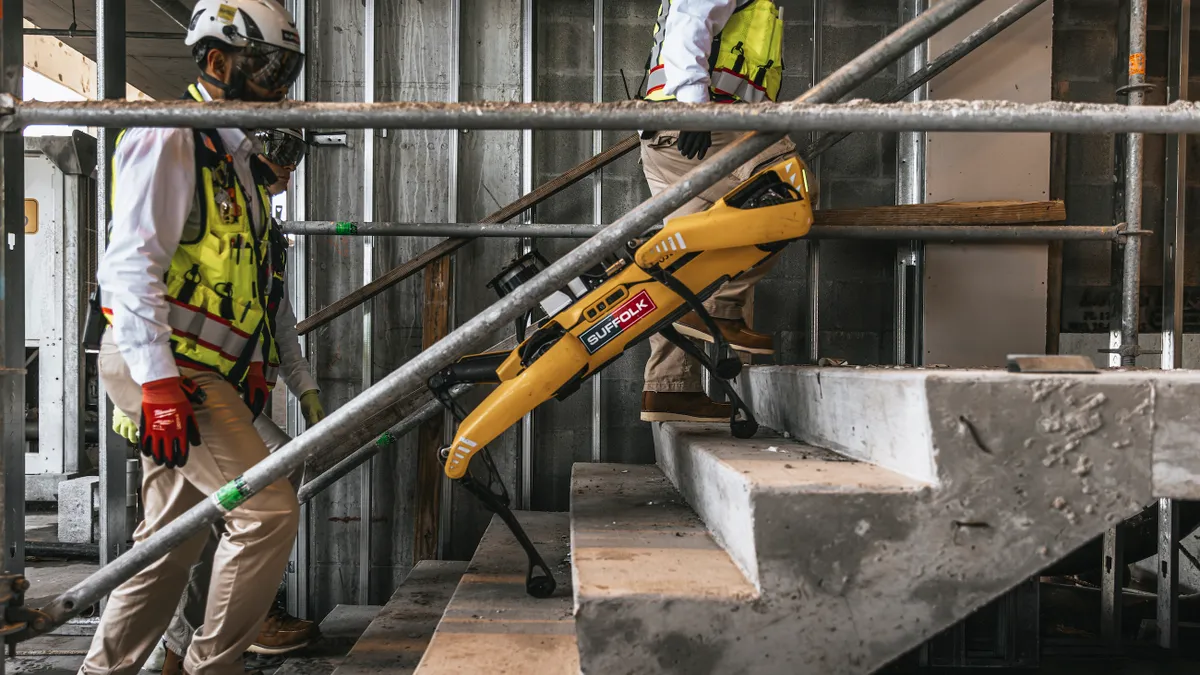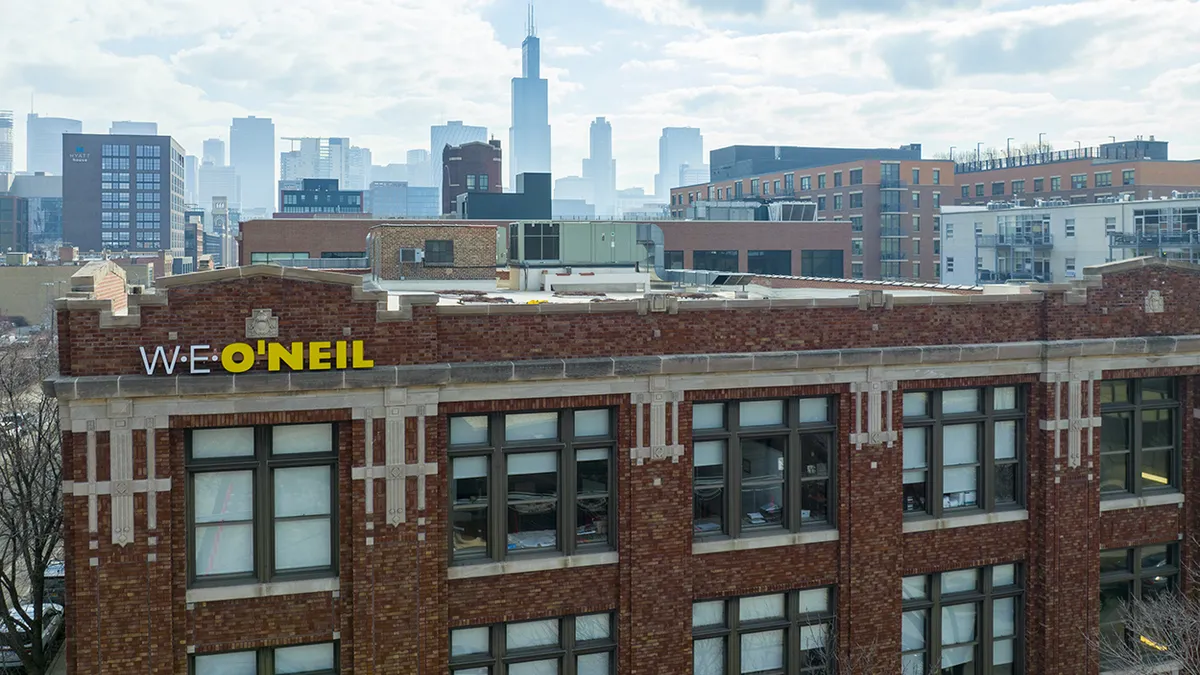Most forms of personal protective equipment and the ANSI standards associated with them have evolved to keep risks to construction workers to a minimum. Gloves have become increasingly cut resistant, hard-toed boots have replaced standard work boots and some workers have retired their high-visibility tee shirts for reflective vests. But the most iconic protective item, the hard hat, hasn’t significantly changed in its design in the 100 years since it debuted.
Hard hats are extremely effective at protecting workers in the event of an object hitting them from above, and the American National Standards Institute’s Z89.1-2014 guidance on industrial head protection thoroughly addresses this risk. What it doesn’t account for, though, is a falling worker.
Falls are the No. 1 cause of death in the industry, representing more than half of fatal work-related traumatic injuries. Not only that, construction workers sustain more traumatic brain injuries than employees in any other type of U.S. workplace, according to a National Institute of Occupational Safety and Health study.
When an employee slips, trips or falls, his or her hard hat can come off before it's needed most, on impact. Recognizing this unnecessary risk, some general contractors have started switching to helmets, which they say are better suited for falls and other types of accidents.
Protection when all else fails
After a successful trial run of Kask helmets on a Washington, D.C., project, Jason Timmerman, environmental health and safety director at Skanska USA Commercial Development, kicked off a formal six-week pilot in 2017 across Skanska’s four business units, surveying workers at various points in the process.
He told Construction Dive that initially users were puzzled by the headgear, which looks similar to a climbing or mountaineering helmet and comes with a chin strap to keep it in place. “Everyone was a little bit cautious at first because they look so different,” he said. Unlike traditional hard hats, the helmet also includes a high-density expanded polystyrene foam liner to protect from impact to the top, sides, front and back of the worker’s head, and webbing to distribute that force.
Employees started warming up to the helmets at the pilot’s midpoint, Timmerman said, and by the final survey, “I literally had nothing but rave reviews … that said they felt safer wearing this product.” Skanska USA’s safety leadership is now letting the program grow organically, he said, and business units can receive support to deploy as many helmets as they want. They’ve been used frequently across D.C. projects and mandated on the I-5/SR-16 project in Tacoma, Washington, as well as the SFO AirTrain project at San Francisco International Airport.
Another contractor, Clark Construction Group, turned to jobsite helmets after incidents in which employees didn’t receive the protection they needed. In 2012 an employee had to be placed into an induced coma for several days after falling just 4 feet while dismantling a scaffold at a D.C. project. The employee did not return to work and the direct cost to Clark was $350,000, according to Division Safety Director Seth Randall. The company then made the shift from helmets with slide suspension to those with ratchet suspension, but "looking back, it was only a Band-Aid on a bigger issue," he told Construction Dive. In 2016, Clark set about exploring options for even more robust head protection.
After a field trial and testing in a laboratory environment, Clark decided to implement Kask helmets across its self-performing concrete division. It was the first general contractor to switch to helmets across the organization, in April 2017.
Changing perceptions
While both Randall and Timmerman said they hope other contractors will follow suit, they admit that cost is a barrier. A Kask helmet starts at around $97 and can go up to $150 with a visor and other accessories. In comparison, the MSA V-Gard hats that Skanska had used previously were around $20. The contractor points out in a case study that the warranty and shelf life of Kask helmets, however, just about doubles that of the V-Gard hats.
Timmerman and Randall ask that safety leaders who dismiss helmets on the basis of cost alone consider the extra protection that helmets provide and think about the issue less from a budgetary perspective and more about the individuals who are involved. “What one guy is not … worth us protecting him if something were to happen?” he said. “We could always say that it doesn’t happen to us, but statistics say that at some point it will happen.”
Another barrier is the sentimentality attached to a hard hat. Workers take pride in the wear and tear on their hats, as well as stickers which become a sort of “status symbol” denoting their experience, past projects, training, trade or union, the Skanska study noted. They might resist starting from scratch, especially with unconventional-looking head protection.
Nevertheless, the advantages of these helmets are clear, according to safety experts. “Do your research, do your cost analyses, realize what the benefits are of this product,” and buy-in from management and workers will follow, said Timmerman.
Randall calls for U.S. standards to keep pace with these new choices in head protection. In addition to ANSI impact and electrical standards, Kask helmets meet a European standard for mountaineering that addresses the risk of a user falling and hitting his or her head. U.S. standards could borrow from this, he suggested, to create coverage for construction workers where there currently is none.
“The market is changing, the industry is changing and there is a better [alternative] than what we’re used to,” he said.




















